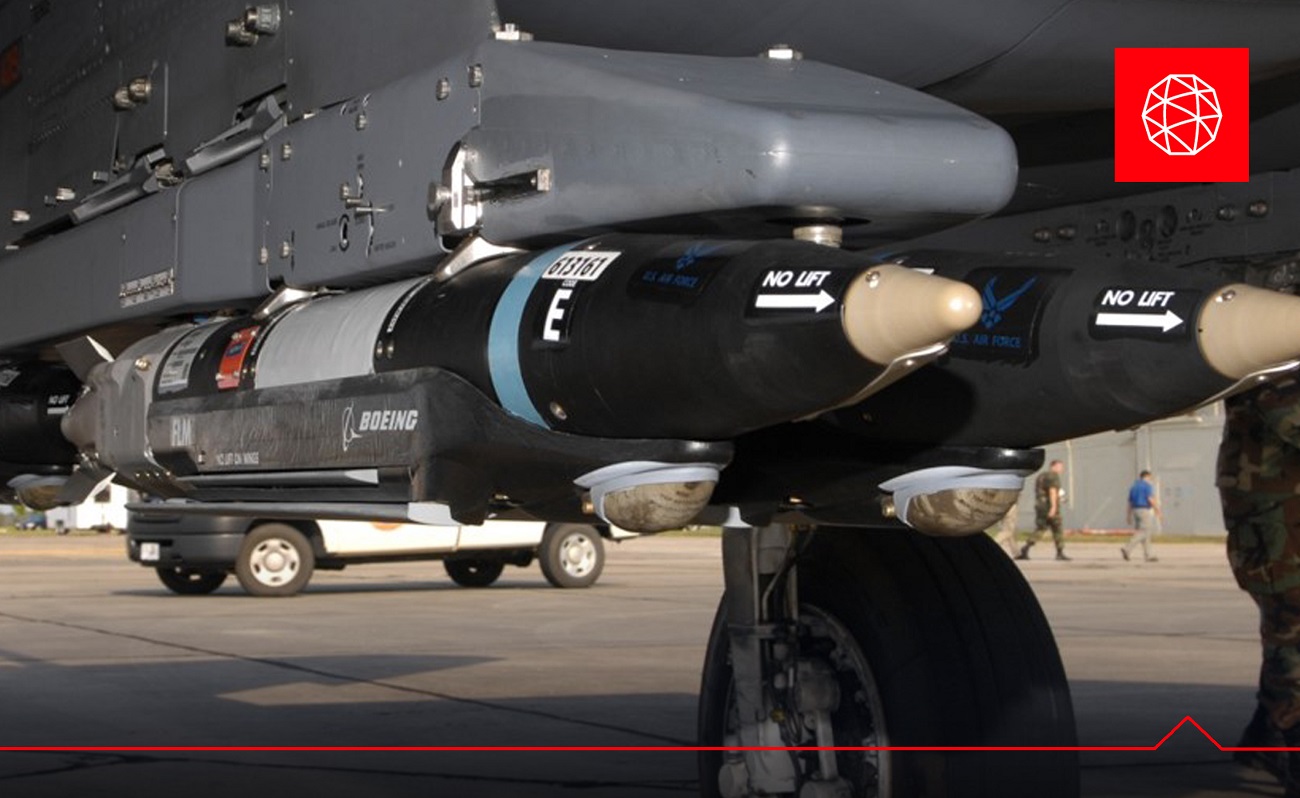With its most recent delivery, Aerojet Rocketdyne, an L3Harris Technologies company, has completed its current contract to provide specialized carbon fiber cases to Boeing for the Focused Lethality Munition (FLM), a weapon that is proven to reduce collateral damage on the battlefield. The case delivery, combined with previous production contracts, brings the total number of cases delivered by Aerojet Rocketdyne over time to well over 1,000. Aerojet Rocketdyne has worked for two decades to advance composite-case weapons technology. The FLM is a variant of the Small Diameter Bomb I that changes its casing and internal fill, in order to produce more devastating effects within a smaller confined volume. Aerojet Rocketdyne provides the carbon-fiber-wound casing for the FLM to Boeing.
“We are proud of our talented team whose expertise helped develop the FLM, reduced costs and expanded military capabilities,” said Tyler Evans, President of Aerojet Rocketdyne’s Missile Solutions sector. “This critical technology allows for greater protection of and support for U.S. ground forces, allies and civilians.”
The company’s carbon fiber winding process creates the guided weapon’s case — minimizing fragments in the bomb’s proximity while focusing the lethality to its target in a smaller footprint. A variant of the Small Diameter Bomb-1, the FLM was collaboratively developed by the U.S. Air Force, Aerojet Rocketdyne, Boeing and Lawrence Livermore National Labs. By providing a standoff range of more than 60 nautical miles, the FLM allows aircrews to engage threats in combat with pinpoint precision and accuracy. FLM provides swift aid to troops in harm’s way and reduces the risk to nearby U.S. and allied forces as well as noncombatants.
The GBU-39/B Small Diameter Bomb (SDB) is a 250-pound (110 kg) precision-guided glide bomb that is intended to provide aircraft with the ability to carry a higher number of more accurate bombs. Most US Air Force aircraft will be able to carry (using the BRU-61/A rack) a pack of four SDBs in place of a single 2,000-pound (910 kg) bomb.Under a contract awarded in September 2006, Boeing developed a version of the SDB I which replaces the steel casing with a lightweight composite casing and the warhead with a focused-blast explosive such as Dense inert metal explosive (DIME). This should further reduce collateral damage when using the weapon for pin-point strikes in urban areas.















